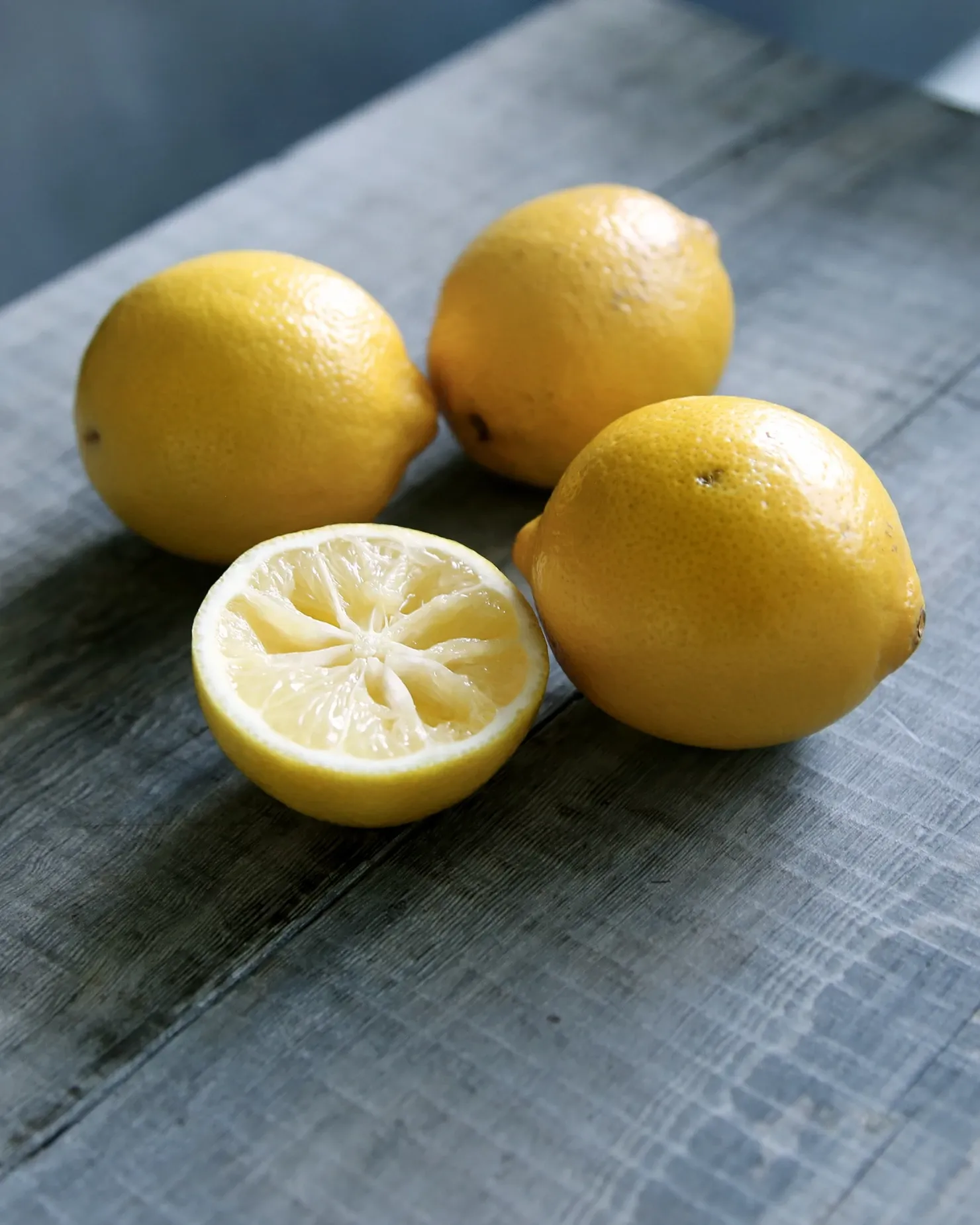Acidity in wine - what does it do for us?
Acidity in wine is very important and knowing what styles of wine you like will help you to find others that will have a similar profile so you can explore more wines.

Acidity in wine plays many roles, but first, we need to be able to identify it.
How to detect acidity
Acidity is one of the easiest elements to identify in a wine.
Take a small sip of wine, hold it in your mouth and tilt your head forward and rest your chin on your chest (make sure to keep your mouth closed). Then tilt your head back and swallow.
You should find that you are salivating or your mouth is watering.
Very basically speaking this is the bodies defence mechanism to drinking acid – it is diluting it. The more your mouth waters and the longer it waters for the higher the acidity.
Sweetness masks acidity in wine, it doesn’t reduce the acidity but it stops us from noticing it so much. Just look at coca-cola, I’d say try it but I’ll leave that decision up to you.
Tannins also mask acidity – tannins dry your mouth out whilst acidity makes your mouth water so these seem to cancel each other out.
Why is this important?
Acidity in wine is important as it is one of the main structural elements and will impact how your wine tastes and feels.
The acidity will make the body of the wine lighter – that light-bodied Pinot Grigio or Sauvignon Blanc you like has high acidity. As opposed to tannin, sweetness and alcohol which all make a wine fuller-bodied.
It will also make a wine taste crisp and fresh whilst giving harmony to the other elements of the wine and bringing out the varietal character.
Flat and flabby
I’m not referring to what my stomach looks like at any particular time – this is more in regards to how the wine tastes. The acidity will lift a wine and bring all of the component parts together – without it, the wine can taste flat or flabby when the wine tastes heavy or dull and everything feels out of balance.
Association
Acidity in a wine can make it easier to pick out flavour characteristics that we associate with acidity. When tasting a Riesling or Sauvignon Blanc it can be easy to pick out the citrus character in the wine such as lemon, grapefruit or lime because these are things, we are used to being acidic when we taste them.
The same can be said of flavours such as green apple, pineapple and passionfruit.
Whereas it can be harder to pick out characters we associate as being sweet such as elderflower, peach and mango in wines with high acidity and no sweetness.
This is because we are so used to tasting these elements with the presence of sweetness that our brains don’t make the intuitive link to the flavour without it.
PH VS Acidity
You may all remember back to your school days when you got to ‘play’ with acid in chemistry class. I remember using Acetic acid (vinegar) to turn chicken bones into rubber bones as well as using Hydrochloric acid to make them brittle, so they’d burn easily – I think our science teacher was trying to teach us how to get away with some dodgy stuff.
The PH scale shows 7 as being neutral (water), 1 as the strongest acid and 14 as the strongest alkaline.
Wine contains two types of acidity – PH which measures the strength of the acid and Total Acidity which measures the amount of the acidity.
Generally speaking, if a wine has high levels of total acidity, it will have a low PH.
FYI - When looking at the PH scale it is important to realise that the numbers on the scale are logarithmic, not linear, so instead of pH 5 being twice as acidic as pH 6, it’s actually 10 times as acidic.
PH is the chemistry side of winemaking and total acidity is more related to how they will taste.
Types of acidity
Citric Acid – the acid we find in citrus fruit
Tartaric Acid – the main acid in wine. Also found in cranberries.
Malic Acid – the acid we find in apples – think green Granny Smiths
Lactic Acid – the acid we find in milk.
Acetic Acid – the acid we find in vinegar – can also be known as VA or Volatile Acidity
Climate
The acidity in the wine comes from the grapes, as they ripen the sugars in the grape increase and the acidity decreases.
Climate will have a big impact on this, shorter growing seasons and variations between day and night time temperatures will impact how ripe the grape can become.
If a grape is grown in a cool climate such as Germany or the North of France it will have higher acid levels than if that same grape was grown in the South of Spain. This is because there is more sunlight and heat allowing the grape to reach full ripeness.
Grape Variety
Some grape varieties have naturally higher acidity levels than others – Riesling is a great example of this, even when ripe the wines have high levels of acidity. On the other side of the spectrum are grapes like Viognier and Gewurztraminer.
Acidity in wine is very important and knowing what styles of wine you like will help you to find others that will have a similar profile so you can explore more wines.